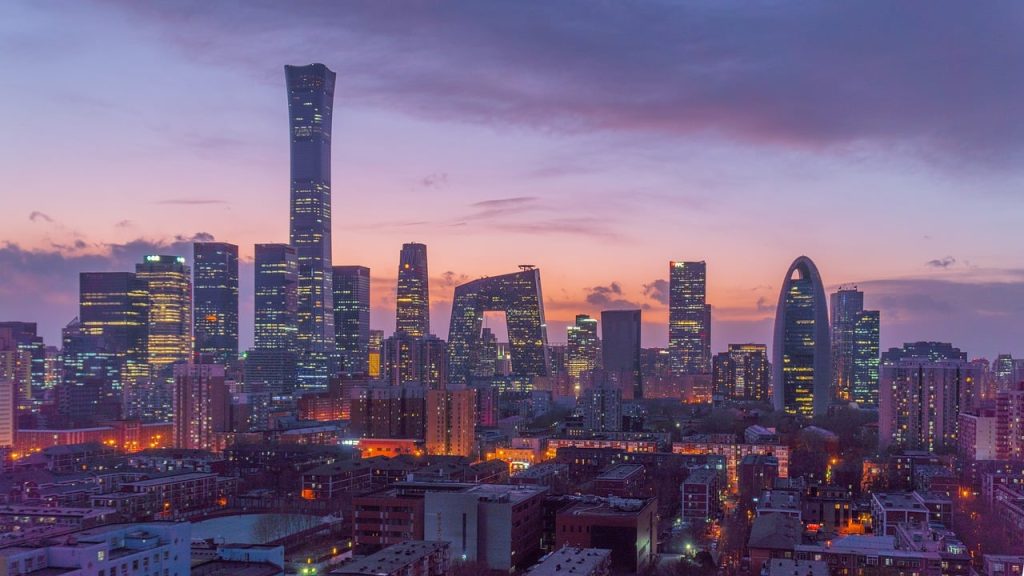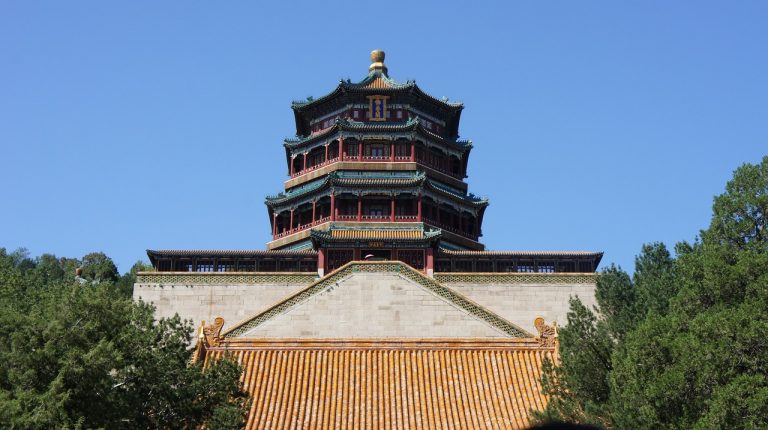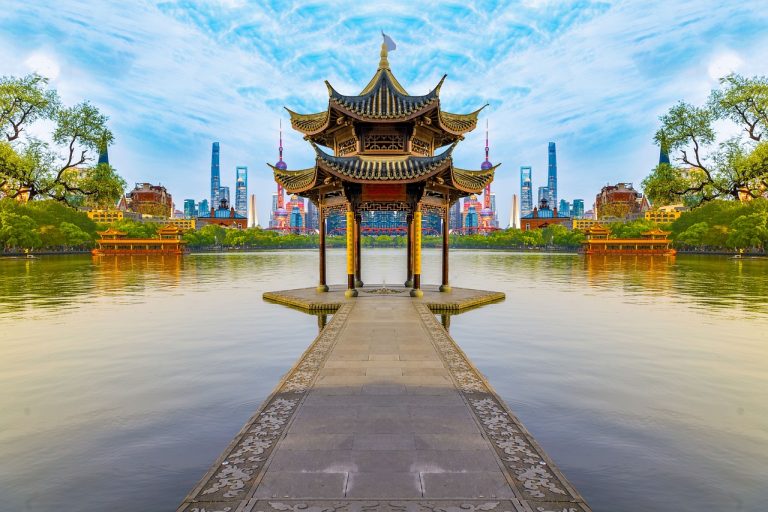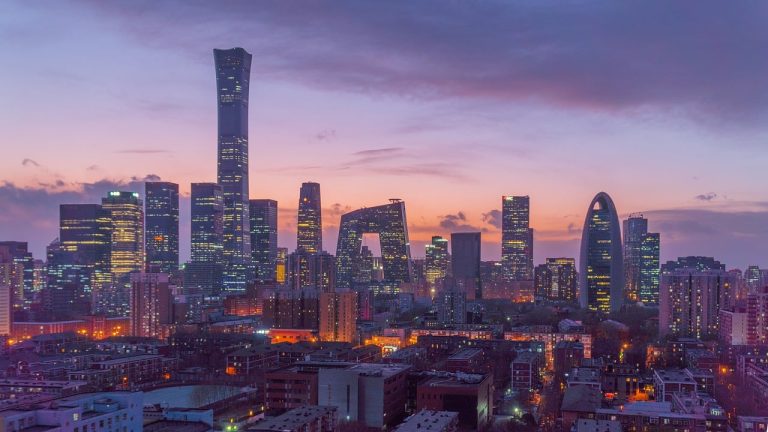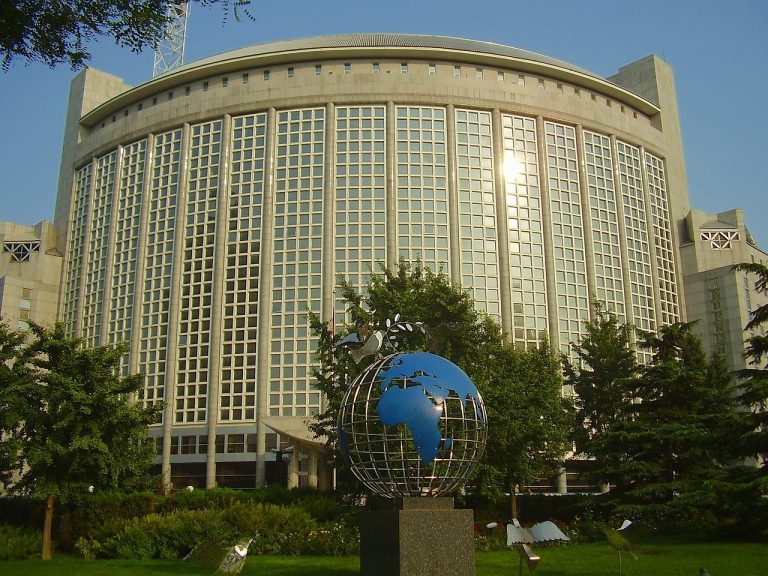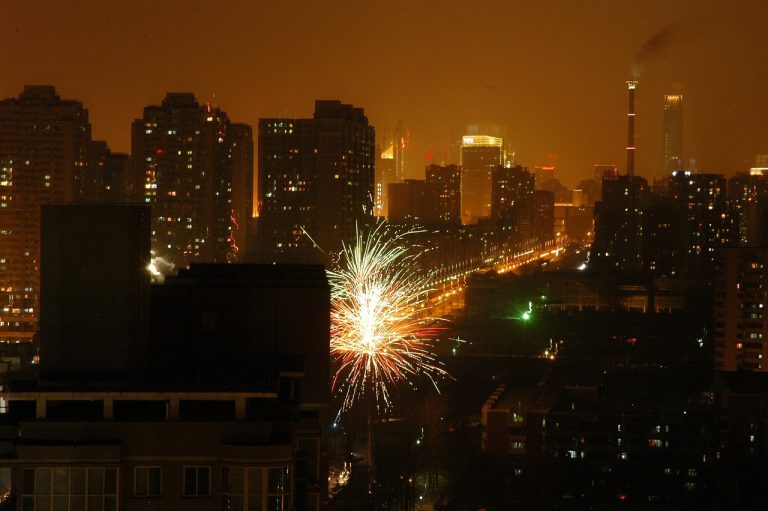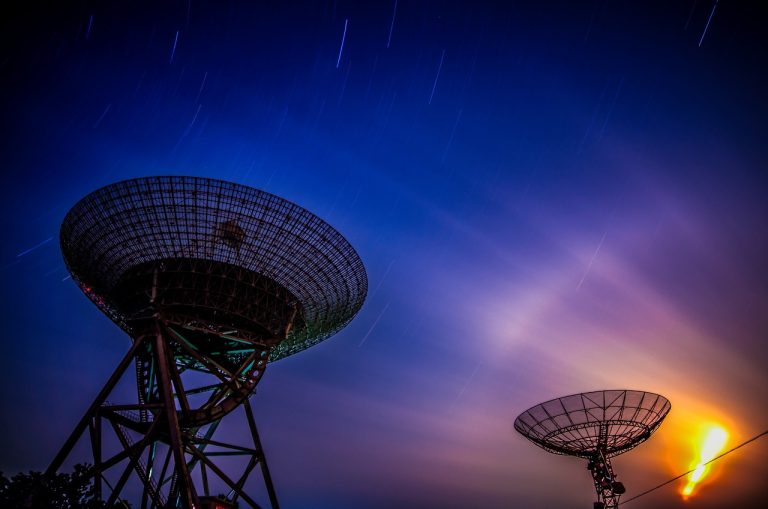Beijing China Video
Introduction
Beijing, the capital city of China, is not only a political and economic hub but also a city rich in social and cultural heritage. With a history spanning over 3,000 years, Beijing has witnessed significant transformations and contributed immensely to the development of Chinese society and culture. This article explores the social and cultural impact of Beijing, highlighting key aspects that have shaped the city’s identity and influenced its people.
Historical Landmarks
Beijing is home to a plethora of historical landmarks that reflect its rich cultural heritage. These landmarks serve as reminders of the city’s past and attract tourists from around the world. Some notable landmarks include:
- The Great Wall of China: The Great Wall, a UNESCO World Heritage Site, is an iconic symbol of China’s ancient civilization and a testament to human ingenuity. Spanning over 13,000 miles, it is one of the most remarkable architectural achievements in history.
- The Forbidden City: Located in the heart of Beijing, the Forbidden City was the imperial palace during the Ming and Qing dynasties. It showcases traditional Chinese architecture and provides insights into the lives of emperors and their court.
- Tiananmen Square: As the largest public square in the world, Tiananmen Square has been the site of numerous historical events and political demonstrations. It holds great significance in the history of modern China.

Traditional Cuisine
Beijing’s culinary scene is renowned for its delicious and diverse range of traditional dishes. These dishes reflect the city’s long history and the fusion of different regional cuisines. Some popular Beijing dishes include:
- Peking Duck: Peking Duck is a world-famous dish that originated in Beijing. It is known for its crispy skin and tender meat, traditionally served with thin pancakes, scallions, and hoisin sauce.
- Mongolian Hotpot: A communal dining experience, Mongolian Hotpot involves cooking a variety of meats, vegetables, and noodles in a simmering pot of flavored broth at the center of the table.
- Zhajiangmian: Zhajiangmian is a popular noodle dish in Beijing, consisting of thick wheat noodles topped with a savory sauce made from fermented soybean paste, ground pork, and various vegetables.
Art and Culture
Beijing is a vibrant center for art and culture, with numerous museums, galleries, and theaters showcasing various forms of artistic expression. Some notable cultural institutions in Beijing include:
- The National Museum of China: The National Museum of China is one of the largest museums in the world, housing a vast collection of artifacts that depict China’s history and cultural heritage.
- The 798 Art District: Located in the Dashanzi area, the 798 Art District is a thriving artistic community housed in a complex of former factory buildings. It is known for its contemporary art galleries and avant-garde exhibitions.
- The Beijing Opera: Beijing Opera is a traditional form of Chinese theater known for its elaborate costumes, stylized movements, and unique vocal techniques. It combines music, dance, and acrobatics to tell stories from Chinese history and folklore.

Educational Institutions
Beijing is home to several prestigious educational institutions that have had a significant impact on the city’s social and cultural fabric. These institutions attract students from all over the world and contribute to intellectual and artistic growth. Some renowned educational institutions in Beijing include:
- Peking University: Peking University is one of China’s top universities, known for its rigorous academic programs and contributions to research and innovation.
- Tsinghua University: Tsinghua University is another prestigious institution renowned for its excellence in science, engineering, and technology. It has produced many influential leaders and scholars.
- Central Academy of Fine Arts: The Central Academy of Fine Arts is a leading institution for art education and research in China. It has nurtured numerous talented artists and contributed to the development of contemporary Chinese art.
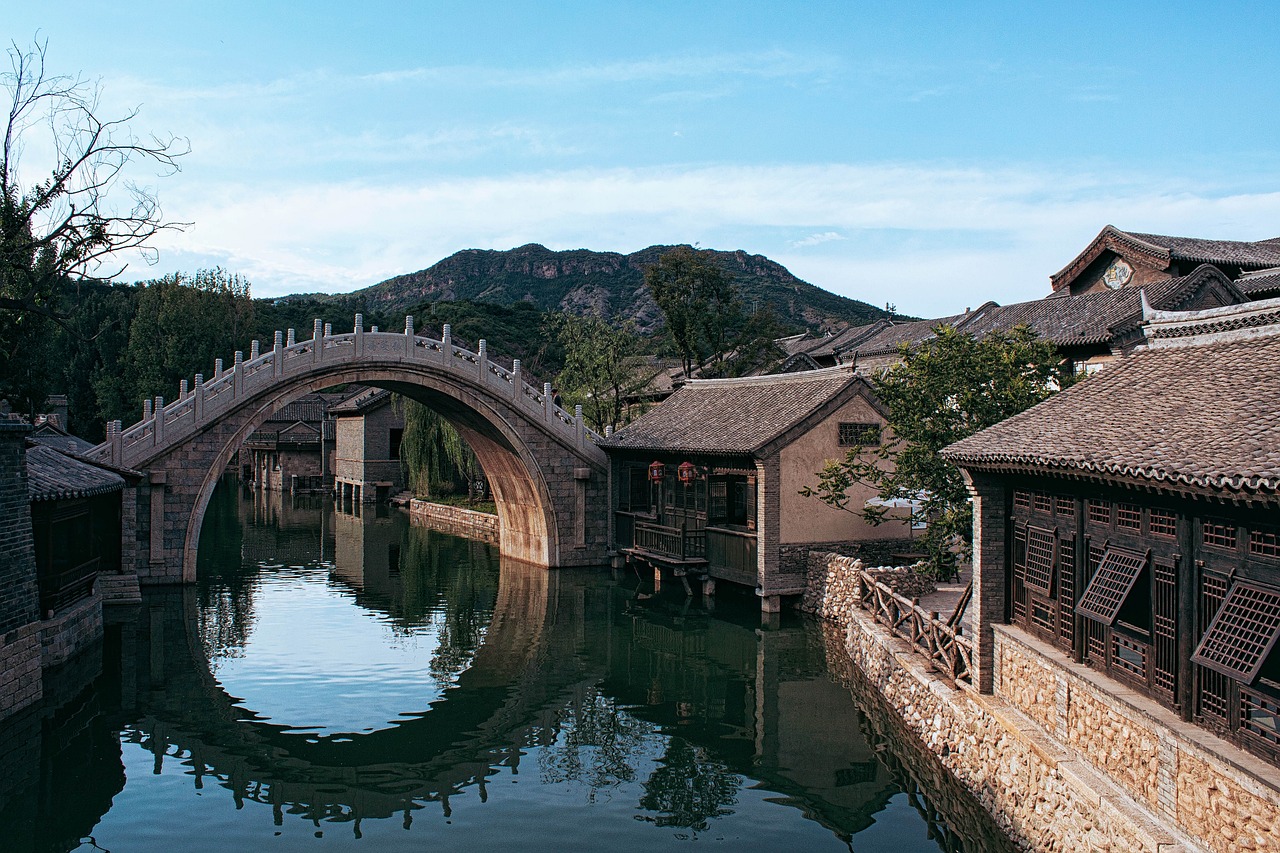
Traditional Festivals
Beijing celebrates a wide range of traditional festivals throughout the year, providing insights into Chinese customs and cultural practices. These festivals are an integral part of the city’s social fabric and attract visitors from far and wide. Some major traditional festivals celebrated in Beijing include:
- Chinese New Year: Chinese New Year, also known as Spring Festival, is the most important festival in China. It is celebrated with colorful decorations, lion dances, fireworks, and family gatherings.
- Mid-Autumn Festival: The Mid-Autumn Festival is a time for family reunions and moon-worshipping. People enjoy mooncakes, a traditional pastry, and admire the beauty of the full moon.
- Dragon Boat Festival: The Dragon Boat Festival commemorates the ancient poet Qu Yuan. It features dragon boat races and the consumption of sticky rice dumplings known as zongzi.
Modern Developments
Beijing has experienced rapid modernization in recent decades, leading to significant social and cultural changes. The city’s modern developments have brought about advancements in technology, infrastructure, and urban lifestyle. Some notable modern developments in Beijing include:
- The Olympic Park: Beijing hosted the 2008 Summer Olympics, resulting in the construction of world-class sports facilities and iconic structures such as the Bird’s Nest Stadium and the Water Cube.
- Wangfujing Street: Wangfujing Street is a bustling commercial area known for its modern shopping malls, luxury boutiques, and vibrant street food scene. It showcases Beijing’s modern urban lifestyle.
- High-Speed Rail Network: Beijing is a major transportation hub with an extensive high-speed rail network connecting it to other cities in China. This network has facilitated travel and contributed to economic growth.
Environmental Initiatives
Beijing has recognized the importance of environmental sustainability and has undertaken various initiatives to combat pollution and promote eco-friendly practices. These initiatives aim to create a greener and more livable city for its residents. Some notable environmental initiatives in Beijing include:
- Improved Air Quality: Beijing has implemented measures to improve air quality, including stricter emission standards, the promotion of clean energy, and the restriction of industrial activities in the city center.
- Bicycle-Sharing Programs: To reduce traffic congestion and promote eco-friendly transportation, Beijing has introduced bicycle-sharing programs, providing residents and visitors with a convenient and sustainable mode of transport.
- Green Spaces and Parks: The city has invested in the creation of green spaces and parks, offering residents areas for relaxation, exercise, and leisure activities. Examples include the Summer Palace and Beihai Park.
Conclusion
Beijing’s social and cultural impact is undeniable, both within China and on a global scale. Its historical landmarks, traditional cuisine, art and culture, educational institutions, festivals, modern developments, and environmental initiatives all contribute to the city’s unique identity. Beijing continues to evolve while preserving its rich heritage, making it a fascinating destination for those seeking to explore China’s past, present, and future.
References
- National Museum of China: nationalmuseum.cn
- 798 Art District: 798district.com
- Peking University: pku.edu.cn
- Tsinghua University: tsinghua.edu.cn
- Central Academy of Fine Arts: cafa.edu.cn

